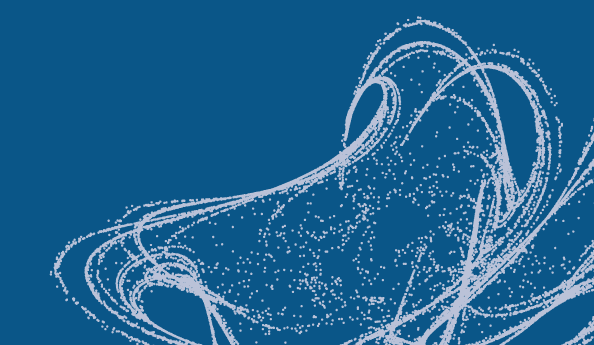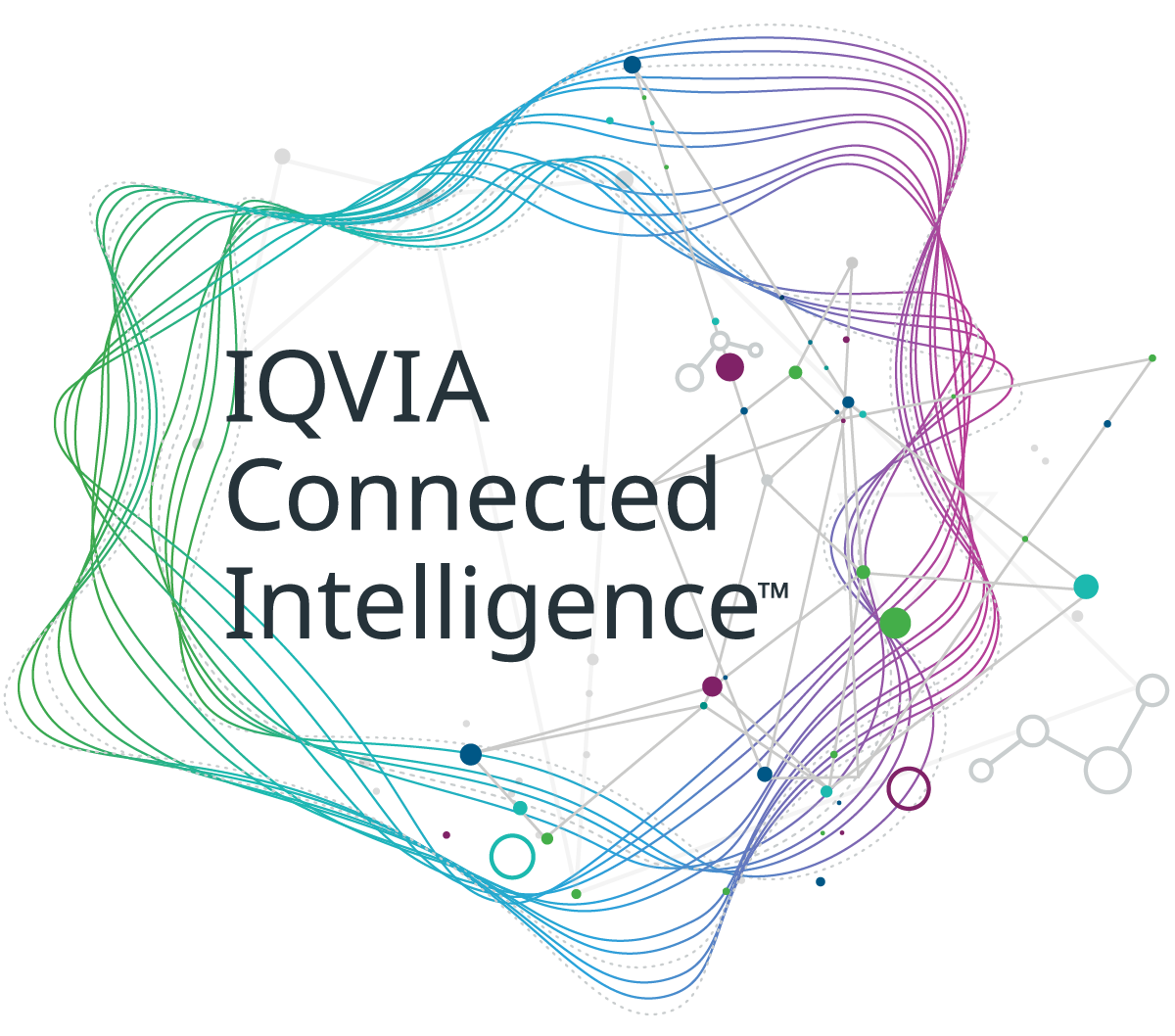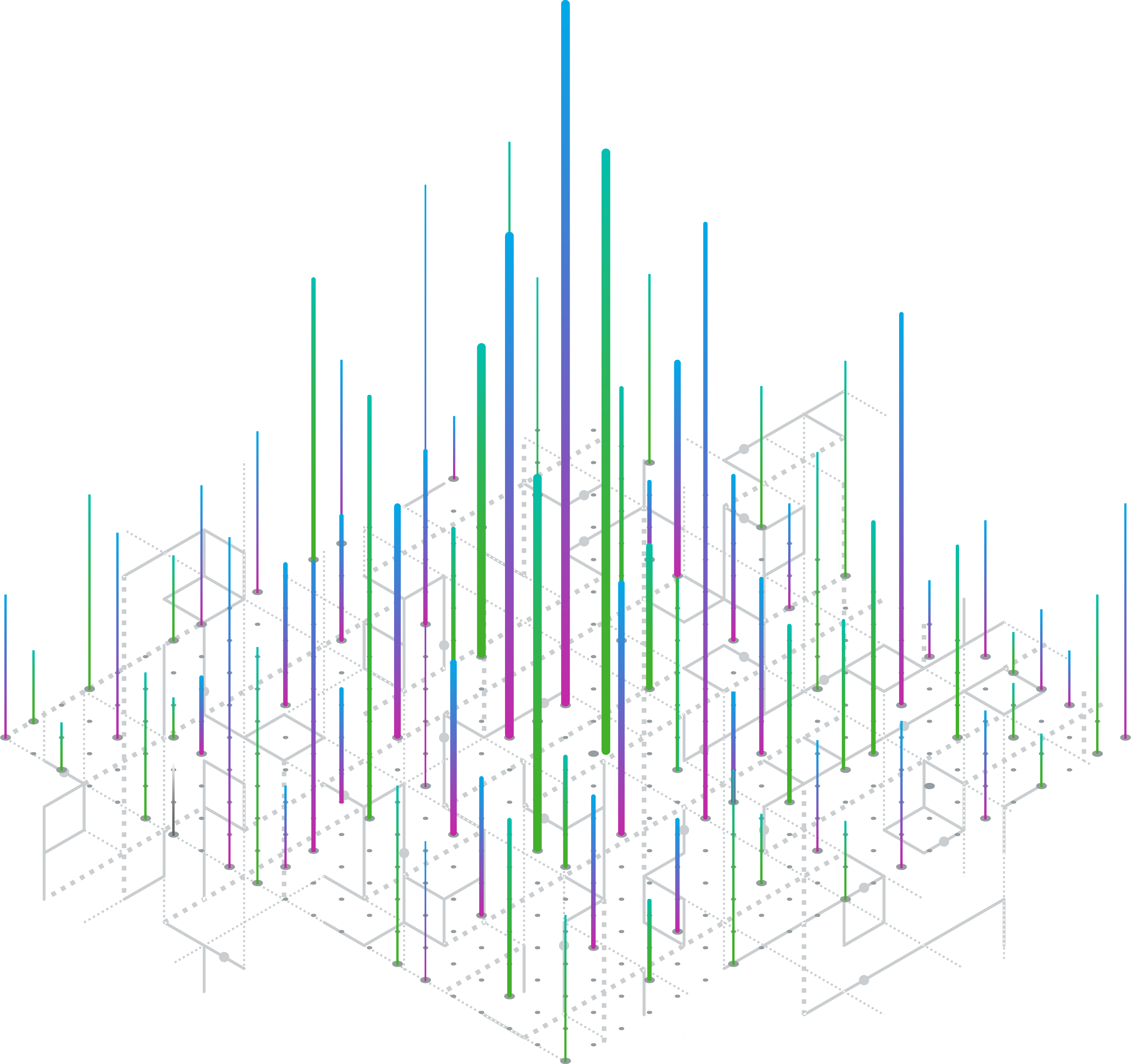IQVIA is using vast quantities of data in powerful new ways. See how we can help you tap into information from past trials, patient reported outcomes and other sources to accelerate your research.
Introduction:
Real-World Evidence (RWE) has emerged as a crucial tool in understanding and improving maternal and child health outcomes. By leveraging data from diverse sources, such as electronic health records, claims databases, and patient registries, RWE studies provide valuable insights into the effectiveness, safety, and utilization of interventions in real-world settings [1]. In this article, we will explore how RWE studies have supported various aspects of maternal and pregnancy-related scenarios, the challenges in creating robust maternal and child health RWE databases, the success of Nordic countries in establishing comprehensive maternal health registries, and the potential of OHDSI (Observational Health Data Sciences and Informatics) and OMOP CDM (Common Data Model) in advancing RWE data assets.
RWE Studies in Maternal and Pregnancy-Related Scenarios:
RWE studies have played a significant role in supporting various aspects of maternal and pregnancy-related scenarios. For example, RWE studies have been used to evaluate the safety and effectiveness of medications during pregnancy. A study by Huybrechts et al. [2] used a large claims database to assess the risk of congenital malformations associated with first-trimester exposure to antidepressants, providing important guidance for clinicians and patients. RWE studies have also been instrumental in identifying risk factors for adverse pregnancy outcomes, such as preterm birth and gestational diabetes [3]. By analyzing data from electronic health records and birth registries, researchers have been able to identify maternal comorbidities, such as obesity and hypertension, that increase the risk of these outcomes [4].
Moreover, RWE studies have shed light on disparities in access to and quality of prenatal care. A study by Gadson et al. [5] used Medicaid claims data to examine racial and ethnic disparities in the receipt of recommended prenatal care services, highlighting the need for targeted interventions to improve equity. RWE studies have also been used to investigate the long-term health outcomes of mothers and their children. For example, a study by Bröms et al. [6] used data from the Swedish Medical Birth Register to examine the association between maternal obesity and the risk of asthma in offspring, underscoring the importance of a life-course approach to maternal and child health.
RWE studies have also been valuable in examining the impact of environmental factors on maternal and child health. For instance, a study by Trasande et al. [20] used data from the National Health and Nutrition Examination Survey (NHANES) to investigate the association between prenatal exposure to endocrine-disrupting chemicals and childhood obesity. This type of research highlights the potential of RWE in identifying environmental risk factors and informing public health policies.
Challenges in Creating Maternal and Child Health RWE Databases:
Despite the potential of RWE studies, creating a comprehensive and high-quality maternal and child health RWE database remains challenging. One of the key challenges is the fragmentation of data sources [7]. Maternal and child health data are often spread across multiple systems, such as hospitals, clinics, and public health agencies, making it difficult to create a unified database. This fragmentation can lead to incomplete or inconsistent data capture, as different systems may use different data standards and reporting practices [8].
Another challenge is the need to ensure data privacy and address ethical concerns. Maternal and child health data are considered sensitive information, and their collection and use are subject to strict regulations, such as the Health Insurance Portability and Accountability Act (HIPAA) in the United States [9]. Researchers must navigate these regulations and implement appropriate safeguards to protect patient privacy while still enabling the use of data for research purposes.
Furthermore, capturing long-term outcomes for mothers and children requires the ability to link data across different life stages and healthcare settings, which can be challenging [10]. This linkage is necessary to understand the full impact of maternal health on child outcomes and to identify opportunities for early intervention and prevention.
Data standardization is another significant challenge in creating comprehensive maternal and child health RWE databases. Different healthcare systems and institutions often use varying terminology, coding systems, and data structures, making it difficult to integrate and compare data across sources [21]. This lack of standardization can lead to misclassification of outcomes or exposures and limit the generalizability of research findings.
Success of Nordic Maternal Health Registries:
The Nordic countries, including Denmark, Finland, Iceland, Norway, and Sweden, have established comprehensive maternal health registries that serve as valuable resources for RWE studies. These registries have several key advantages that have contributed to their success.
Firstly, the Nordic maternal health registries have nationwide coverage, capturing data on virtually all pregnancies and births in each country [11]. This comprehensive coverage provides a representative view of maternal and child health outcomes and enables the identification of rare outcomes and subgroup analyses.
Secondly, the Nordic registries can be linked to other national registries, such as prescription drug databases and birth defect registries, enabling rich analyses of maternal and child health outcomes [12]. This linkage capability allows researchers to study the effects of maternal exposures, such as medication use during pregnancy, on a wide range of child outcomes.
Thirdly, the Nordic registries allow for the long-term follow-up of mothers and children, enabling the study of long-term health outcomes [13]. By linking data across multiple generations, researchers can examine the intergenerational effects of maternal health and identify risk factors that may have long-lasting impacts.
Finally, the Nordic countries have invested in ensuring the accuracy and completeness of the data captured in their registries [14]. This investment includes the use of standardized data collection forms, regular data quality checks, and the involvement of healthcare providers in the data reporting process.
The Role of OHDSI and OMOP CDM:
OHDSI and OMOP CDM have the potential to significantly advance the creation of robust RWE data assets for maternal and child health research. OHDSI is an international collaborative that aims to bring together researchers, healthcare providers, and other stakeholders to generate reliable evidence from observational health data [15]. The OMOP CDM is a standardized data model that enables the consistent representation and analysis of health data from diverse sources [16].
By adopting the OMOP CDM, maternal and child health researchers can harmonize data from multiple sources, creating a more comprehensive and integrated view of maternal and child health outcomes [17]. This harmonization facilitates cross-institution and cross-country collaborations, enabling larger and more diverse study populations and increasing the generalizability of research findings.
Moreover, the OHDSI community has developed a growing ecosystem of open-source tools and methods for data analysis and evidence generation [18]. These tools, such as the ATLAS platform for cohort definition and characterization, can be leveraged by maternal and child health researchers to streamline the research process and ensure the reproducibility and transparency of RWE studies.
The use of OHDSI and OMOP CDM in maternal and child health research has already shown promising results. For example, a study by Sena et al. [19] used the OMOP CDM to harmonize data from multiple countries and examine the association between maternal diabetes and the risk of attention-deficit/hyperactivity disorder (ADHD) in offspring. The study demonstrated the feasibility and value of using a common data model to generate evidence on a complex maternal and child health question.
Recent initiatives within the OHDSI community have focused on enhancing the OMOP CDM for maternal and child health research. For example, the Pregnancy and Birth Outcomes Working Group is developing standardized concepts and algorithms for identifying pregnancies, birth outcomes, and related events within the OMOP CDM [22]. These efforts aim to improve the accuracy and consistency of maternal and child health research using RWE data.
Conclusion:
RWE studies have the potential to transform our understanding of maternal and child health outcomes and inform evidence-based interventions. However, realizing this potential requires overcoming the challenges in creating robust maternal and child health RWE databases, such as data fragmentation, privacy concerns, and the need for long-term follow-up. The success of Nordic maternal health registries serves as a model for other countries seeking to establish comprehensive RWE data assets. The growing adoption of OHDSI and OMOP CDM offers a promising path forward, enabling the harmonization of data from diverse sources, facilitating international collaborations, and leveraging open-source tools for evidence generation. By investing in the development of high-quality RWE data assets and embracing the power of collaborative research, we can accelerate the generation of reliable evidence to improve the health and well-being of mothers and children worldwide.
References:
- Sherman RE, Anderson SA, Dal Pan GJ, et al. Real-world evidence - What is it and what can it tell us? N Engl J Med. 2016;375(23):2293-2297.
- Huybrechts KF, Palmsten K, Avorn J, et al. Antidepressant use in pregnancy and the risk of cardiac defects. N Engl J Med. 2014;370(25):2397-2407.
- Farrar D, Simmonds M, Bryant M, et al. Risk factor screening to identify women requiring oral glucose tolerance testing to diagnose gestational diabetes: A systematic review and meta-analysis and analysis of two pregnancy cohorts. PLoS One. 2017;12(4):e0175288.
- Lisonkova S, Muraca GM, Potts J, et al. Association between prepregnancy body mass index and severe maternal morbidity. JAMA. 2017;318(18):1777-1786.
- [5] Gadson A, Akpovi E, Mehta PK. Exploring the social determinants of racial/ethnic disparities in prenatal care utilization and maternal outcome. Semin Perinatol. 2017;41(5):308-317.
- Bröms G, Granath F, Linder M, Stephansson O, Elmberg M, Kieler H. Birth outcomes in women with inflammatory bowel disease: Effects of disease activity and drug exposure. Inflamm Bowel Dis. 2014;20(6):1091-1098.
- Gianfrancesco, M. A., & Goldstein, N. D. (2021). A narrative review on the validity of electronic health record-based research in epidemiology. BMC medical research methodology, 21(1), 234.
- Verheij RA, Curcin V, Delaney BC, McGilchrist MM. Possible sources of bias in primary care electronic health record data use and reuse. J Med Internet Res. 2018;20(5):e185.
- Rothstein MA. The end of the HIPAA privacy rule? J Law Med Ethics. 2016;44(2):352-358.
- Delnord M, Szamotulska K, Hindori-Mohangoo AD, et al. Linking databases on perinatal health: A review of the literature and current practices in Europe. Eur J Public Health. 2016;26(3):422-430.
- Langhoff-Roos J, Krebs L, Klungsøyr K, et al. The Nordic medical birth registers--a potential goldmine for clinical research. Acta Obstet Gynecol Scand. 2014;93(2):132-137.
- Furu K, Wettermark B, Andersen M, Martikainen JE, Almarsdottir AB, Sørensen HT. The Nordic countries as a cohort for pharmacoepidemiological research. Basic Clin Pharmacol Toxicol. 2010;106(2):86-94.
- Laugesen K, Ludvigsson JF, Schmidt M, et al. Nordic Health Registry-Based Research: A Review of Health Care Systems and Key Registries. Clin Epidemiol. 2021;13:533-554.
- Schmidt M, Schmidt SAJ, Sandegaard JL, Ehrenstein V, Pedersen L, Sørensen HT. The Danish National Patient Registry: A review of content, data quality, and research potential. Clin Epidemiol. 2015;7:449-490.
- Hripcsak G, Duke JD, Shah NH, et al. Observational Health Data Sciences and Informatics (OHDSI): Opportunities for observational researchers. Stud Health Technol Inform. 2015;216:574-578.
- Overhage JM, Ryan PB, Reich CG, Hartzema AG, Stang PE. Validation of a common data model for active safety surveillance research. J Am Med Inform Assoc. 2012;19(1):54-60.
- Voss EA, Makadia R, Matcho A, et al. Feasibility and utility of applications of the common data model to multiple, disparate observational health databases. J Am Med Inform Assoc. 2015;22(3):553-564.
- Hripcsak G, Ryan PB, Duke JD, et al. Characterizing treatment pathways at scale using the OHDSI network. Proc Natl Acad Sci U S A. 2016;113(27):7329-7336.
- Ai, Y., Zhao, J., Liu, H., Li, J., & Zhu, T. (2022). The relationship between diabetes mellitus and attention deficit hyperactivity disorder: A systematic review and meta-analysis. Frontiers in pediatrics, 10, 936813.
- Trasande L, Attina TM, Blustein J. Association between urinary bisphenol A concentration and obesity prevalence in children and adolescents. JAMA. 2012;308(11):1113-1121.
- Gini R, Schuemie M, Brown J, et al. Data extraction and management in networks of observational health care databases for scientific research: A comparison of EU-ADR, OMOP, Mini-Sentinel and MATRICE strategies. EGEMS (Wash DC). 2016;4(1):1189.
- Lyu, T., & Liang, C. (2023). Computational Phenotyping of OMOP CDM Normalized EHR for Prenatal and Postpartum Episodes: An Informatics Framework and Clinical Implementation on All of Us. In AMIA Annual Symposium Proceedings (Vol. 2023, p. 1096). American Medical Informatics Association.
Related solutions
Tap into evidence networks in oncology, neurology, immunology, and other therapy areas to enrich your studies.
See how observational health data sciences and informatics (OHDSI), a research collaborative with a global footprint, can expand data access and reduce cost of ownership.





















